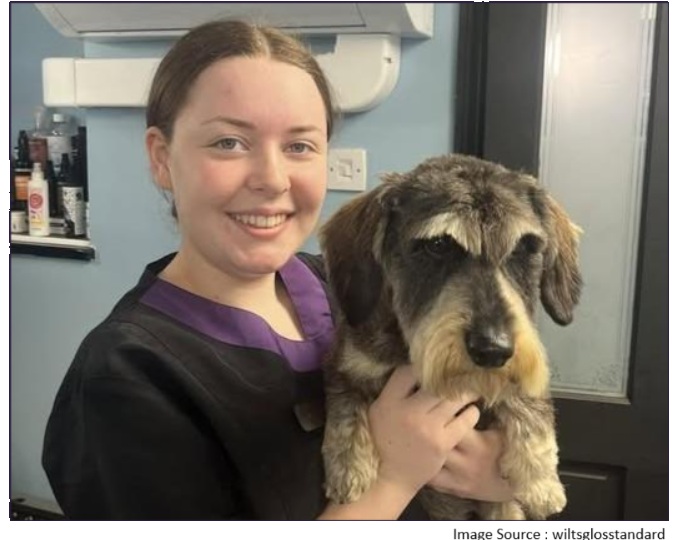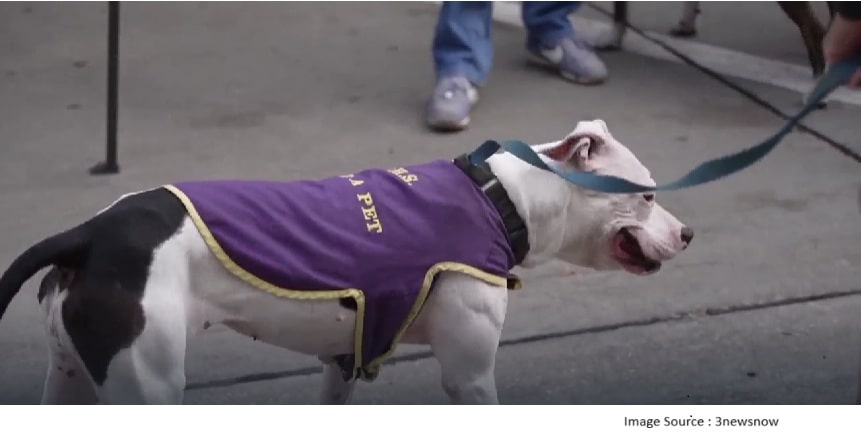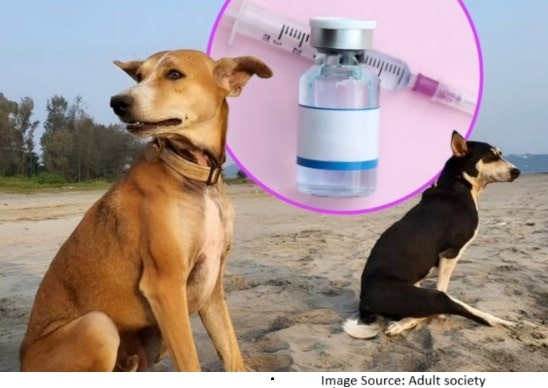Pet Insurance Premiums Level Out, Says Pearson Ham

According to the second-quarter edition of the 2025 Pet Insurance Pricing Index from Pearson Ham Group, the rate-increase trend for pet insurance premiums in the first quarter of 2025 has ended. In Q2, prices for the weighted average of the top five quoted Lifetime cover rates dropped by 2.4%, reversing the 2.2% rise from Q1 2025. Pearson Ham provided the following details.
Now, these top-tier prices sit almost exactly where they began at the start of the year (−0.2% year-to-date). Over a longer 12-month view, prices remain 2.7% lower than last summer’s level as of June 2024. The sharp correction in November 2024 still has not been recovered.
Pricing brackets
Price pressure in Q2 was broad-based. Policies offering £2k of vet-fee cover or more have continued the steady decline that began in January. The lowest cover band, which was the only tier to see increases during Q1, also showed a slight downward movement. This has erased almost all of its first-quarter uplift.
Time-Limited and Maximum-Benefit policies have continued their upward climb over the past year. Fewer competing brands in these categories have allowed rates to rise, even as flagship Lifetime prices have fallen.
Dogs and cats followed a similar overall pattern. However, in Q2 dog premiums dropped more sharply than cat premiums. This widened the gap that started to open earlier in the year.
Mongrels and moggies recorded the steepest annual declines in premiums. In contrast, cross-breed quotes are now about 1% above the levels seen at this time last year.
Every region saw a drop in prices during Q2. Northern Ireland remains an outlier on a year-to-year basis, as the mid-2024 increases have not yet been fully reversed.
Commenting on the report, Frances Luery of Pearson Ham Group said:
“The cooling of Lifetime prices in the second quarter shows how responsive the pet insurance market is to competitive pressure. After a brisk start to the year, pet insurance premiums fell across most cover limits. This drop took the heat out of premium inflation. Time-Limited and Maximum-Benefit products continue to move to their own rhythm. For insurers, the lesson is clear. Nimble, data-driven pricing remains essential. Consumers react strongly to price changes. However, limited capacity in some areas means margins can shrink quickly if insurers fail to monitor them.”
In May and June 2025, the pet insurance market actually continued to register a gradual easing of premiums, building onto the broader Q2 decline. May led to a 0.7% month-on-month fall, the first time in the year that such annual comparisons had slipped into negative territory. Thereafter, June took a step further away, going down by another 0.8%, putting on a 2.6% fall year-on-year. The slow but steady drop indicates that the downward trend continued once the price rises were seen during late 2024 and the brief upward movement into 2025.
That said, a brief comeback appeared in March. Premiums for Lifetime cover went up by 0.6%, amounting to a year-on-year rise of 1%. That was a somewhat uneven growth, though. Premiums for cats actually dropped by 0.1%, yet those premiums remained 3% higher than in the preceding year. Meanwhile, dog premiums saw a rise of 0.8%, making them 1% higher than in March 2024. That bump at the start of the year came tumbling down in the months that followed when price competition intensified.
Such regional variations over time have also shaped the overall picture. In certain areas, the North West saw noticeable price climbs earlier this year. In contrast, regions like the East of England and South West stayed relatively steady. Northern Ireland stands out as an outlier over the long term, with premiums still carrying the sharp hikes of mid-2024. These increases remain in place and continue to influence the market. In such an uneven landscape, insurers must align their strategies locally rather than applying broad price cuts across an entire region.
Time-Limited and Maximum-Benefit policies remain an exception to the general trend of falling premiums. Rates in these categories continue to rise steadily because fewer providers compete in these segments after the softening in Lifetime cover. This divergence highlights how market structure and product competition levels strongly influence pricing trends. It creates opportunities for insurers in niche areas while making conditions tougher in highly competitive segments.
Q2 data highlights how much pricing matters to the UK animal insurance market. Competitive pressures, when present, can rapidly reverse earlier gains. Regional differences and product-specific variations continue to drive market changes. Insurers must focus on data-driven, responsive pricing tactics to retain customers and protect margins in markets where demand, competition, and capacity vary greatly across products and locations.





